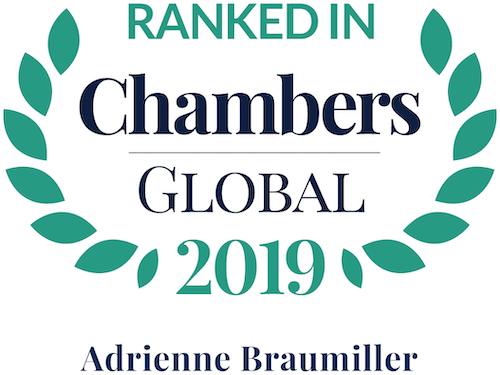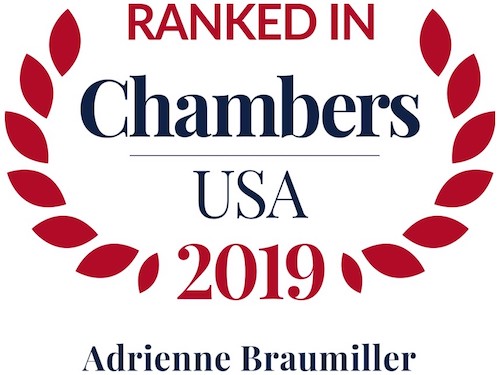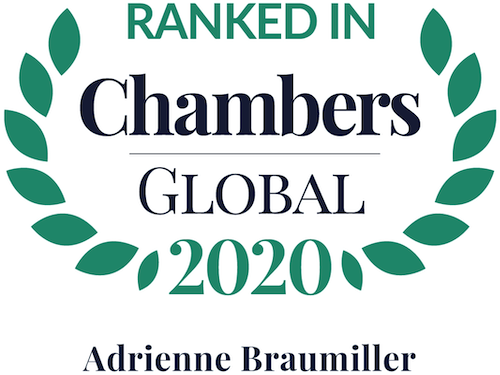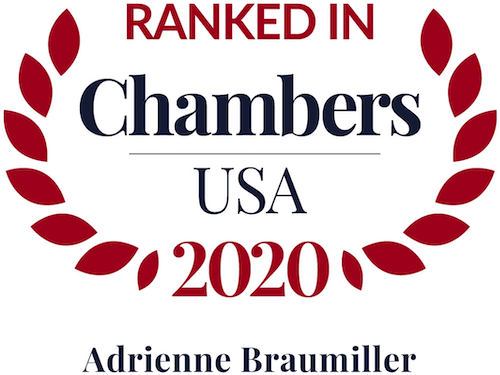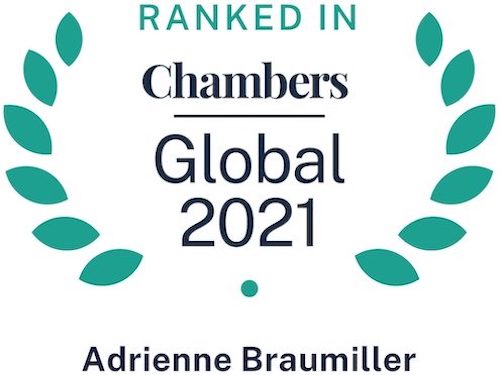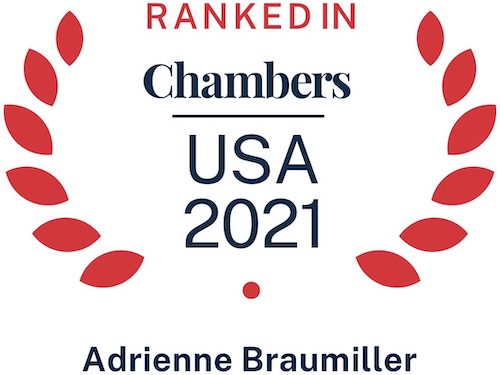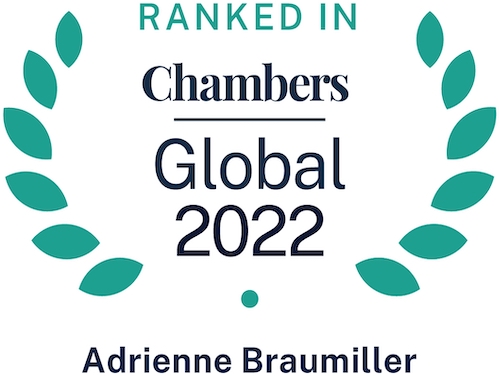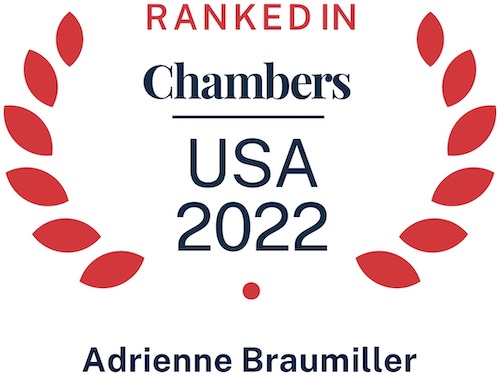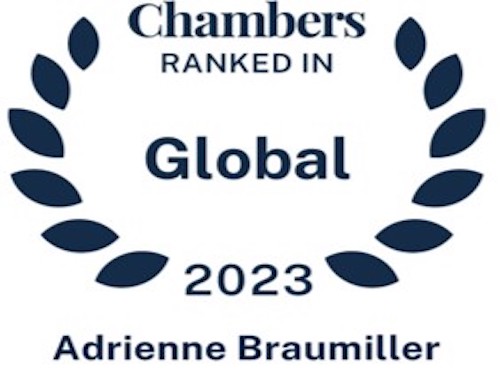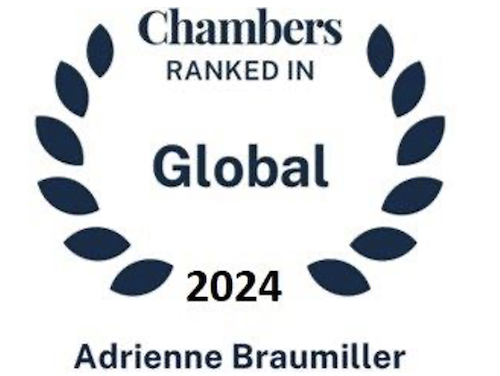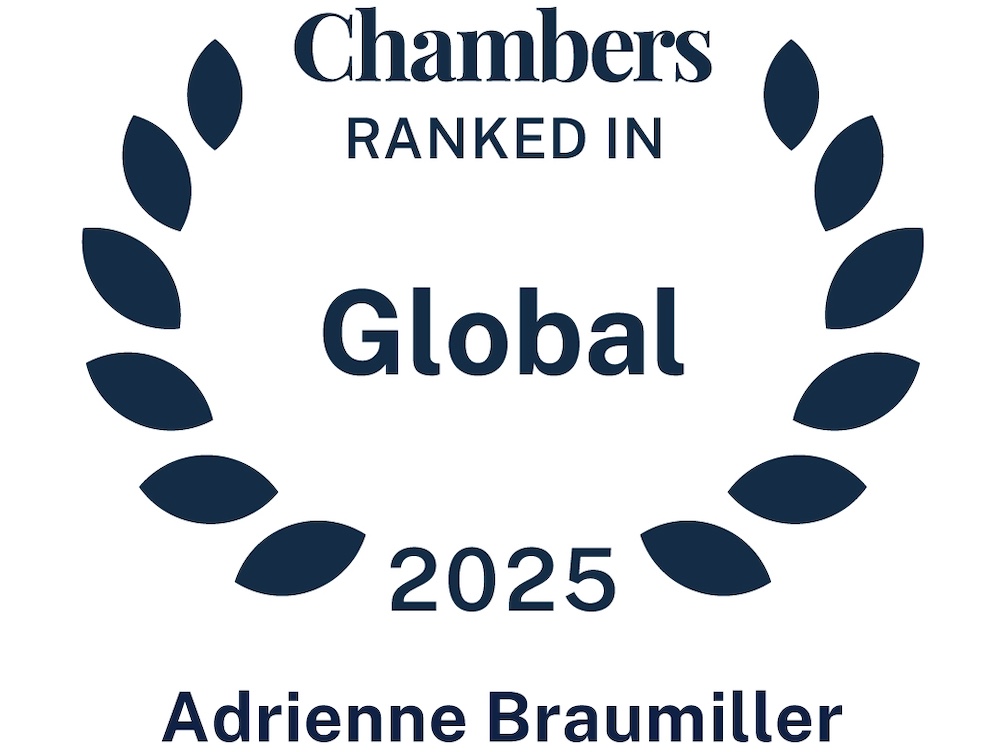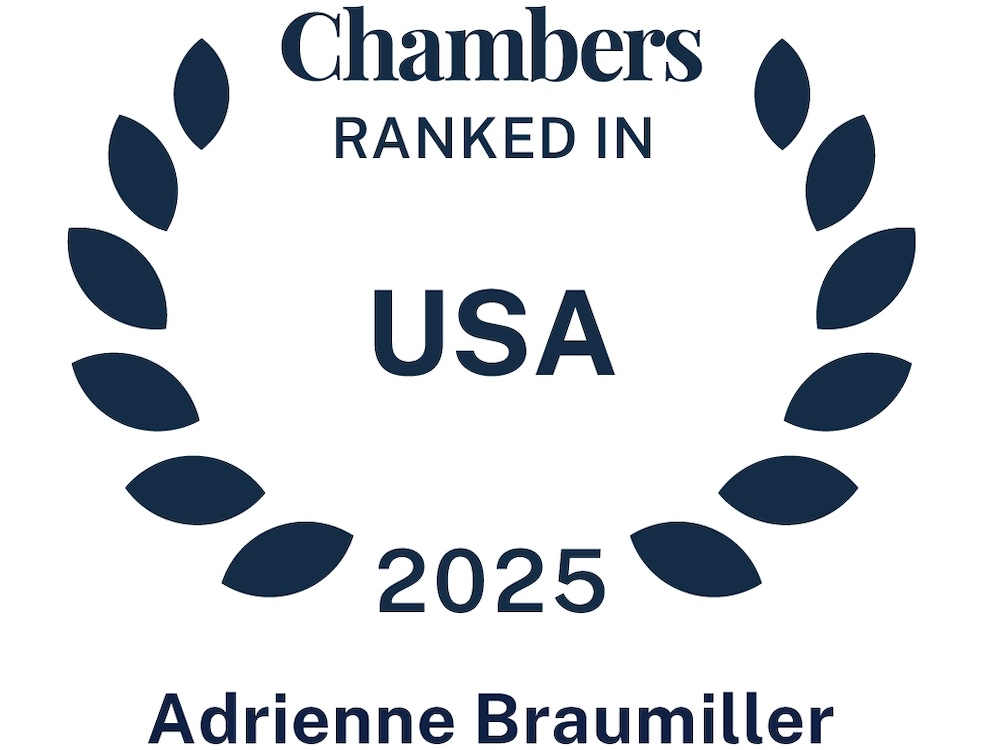Trade Letters and Tariff Deals – What Is Going On?
By James R. Holbein, of Counsel, Braumiller Law Group
BACKGROUND Since taking office on January 20, 2025, the Trump Administration has undertaken an aggressive trade policy that has impacted, and will continue to impact, all countries trading with the US. Many of the actions seek to reverse the established principles of trade policy that have been supported by both political parties, enshrined in the rules of international agreements and organizations, and regulated by executive branch agencies since the end of World War II.
MFN AND GLOBAL TRADE RULES The consensus philosophy underpinning trade policy at the international level has been to remove impediments to trade on a country-by-country basis but apply the best deal a country has with any other country to all countries that it trades with on a most favored nation (MFN) basis. The barriers were high tariffs coming out of the last global war and they were effectively removed for members of the GATT (General Agreement on Tariffs and Trade) through the mid-1970s. Then non-tariff barriers were addressed in several rounds of multilateral trade negotiations.
EU AND PREFERENTIAL DEALS The Europeans created a customs union and economic union in Europe in the 1950s as the first major deviation from MFN principles. The integration in Europe began by providing duty-free treatment to member states, but not to other countries outside the bloc. This inherent advantage among the members was a major reason the EU turned into the global economic powerhouse that can negotiate with the other largest players (U.S., China, Japan, Canada …) on an equal basis.
US FTA PROGRAM The U.S. pursued an alternative approach to providing better than MFN treatment to its favored trading partners using Free Trade Agreements (FTA) that remove essentially all barriers to trade and provide duty free treatment to all goods and services, except for specifically negotiated exceptions, at the end of long transition periods. The FTA with Israel in the 1980s was the first example and the FTA with Canada in the mid-1980s led to the North American Free Trade Agreement (NAFTA) in 1994 and helped the global community to complete the Uruguay Round agreements to create the World Trade Organization (WTO) and a new global consensus framework of rules on all major areas impacting trade. The U.S. now has FTAs in force for 20 countries, with the US-Mexico-Canda Agreement (USMCA) being the largest in terms of volume of trade managed.
WHY OTHER COUNTRIES ARE NEGOTIATING Under the MFN principle and the Uruguay Round agreements, as well as the commitments of U.S. FTAs, the policy now being pursued by the United States to set tariff rates on each country as it sees fit, without prior negotiation or even written notice is both unprecedented and in violation of U.S. commitments. Why are countries bowing to the threat of the imposition of high U.S. tariffs if they clearly violate prior commitments not to do so? Because the dispute settlement processes enshrined in the agreements are far too slow and lack any real enforcement penalty other than for the countries to retaliate against the higher U.S. tariffs by setting their own tariffs on U.S. goods at higher levels sufficient to equal the value of the tariffs put on by the U.S. The U.S. market being the largest and arguably the most open in the world, and the trade imbalance in goods trade between the U.S. and many of its trading partners means that most countries cannot exercise their rights on a practical basis.
TRADE DEALS In the past, trade agreements have been negotiated over extended periods of time by large teams of negotiators. The current process of negotiating in the press by posting unilateral letters on social media to declare “official” administration actions is unprecedented. It is, in my opinion, similar to the use of Memoranda or Letters of Understanding (MOU or LOU) between governments on a variety of specific issues. In this case, the letter outlines the US “ask” and the “trade deal” outlines the parameters of the issues to be further negotiated. Given the pace that the Administration is attempting to push the world to accept the new paradigm it is putting into play, the use of LOUs is a practical way to make discernible progress. However, the uncertainty around implementation, dates, actual commitments, and the ability and willingness of the United States to honor the LOU commitments are significant barriers to the business community and government officials in all government in all involved countries.
NONTRADE ISSUES IN TRADE DEALS In past trade negotiations, the U.S., and other trading partners, have attempted to broaden the issues addressed and the rationales for making commitments. This was true in the GATT and WTO talks as well as in U.S. FTAs. Trade agreements that addressed tariffs, customs processing, rules of origin, and similar basic logistics and trade facilitation, were broadened over time to include non-tariff barriers, standards, trade remedies, intellectual property, digital trade, e-commerce, environment, labor and other issues impacting trade in goods. However, most trade agreements did not include political or cultural issues as the rationale for direct tariff or related trade actions. That has changed. For example, the recent announcement in an Executive Order, “Addressing Threats to the United States by the government of Brazil,” July 30, 2025, highlight the “political persecution” of Jair Bolsonaro, the former President of Brazil, and several other actions against US citizens as the basis for imposing a 40% tariff duty rate on most goods of Brazil entering the U.S. This action seems to be more like a sanction than a trade deal and certainly highlights the difference in nature of the current trade program of the U.S.
QUESTIONS OF ILLEGALITY OR UNCONSTITUTIONALITY It is also important to note the challenges to the legal authorities being relied upon by the Trump Administration. Recently, the Court of International Trade (CIT) ruled in two cases (VOS Selections, Inc. v. Trump and the State of Oregon v. Trump) that the Presidential actions taken under the International Emergency Economic Powers Act (IEEPA) (50 U.S.C. §§ 1701–1707) to impose tariffs on Canada, Mexico and China for illegal immigration and fentanyl smuggling are unconstitutional. The CIT said that the tariff actions taken do not deal with the emergency upon which the actions were based and were not delegated by Congress to the Executive Branch and therefore exceed the President’s tariff setting authority under the Constitution. The court also found that the “Reciprocal” tariffs imposed under IEEPA are unconstitutional because those tariff actions exceed the President’s authority under the statute without a specific grant of authority by Congress to impose such broad tariffs. The decisions have been appealed to the Court of Appeals for the Federal Circuit (CAFC) which issued a temporary stay during the appeal. The Supreme Court is likely to be asked to accept an appeal of the CAFC decision, however it rules, due to the important constitutional questions and significant economic impact raised by these cases.
CONCLUSION The prior approach to trade negotiations and trade policy is no longer working from the point of view of the current U.S. Administration. They are embarked on an experiment to reshape the face of U.S. interaction with the rest of the world. The obvious political, economic, security and philosophical divide precipitated by the trade deals is roiling not just the U.S. society, but global society. The new approach is being actively pursued, but it certainly is not yet entrenched nor even really accepted in most of the world. Only time and further events will tell what outcomes this movement will create.











